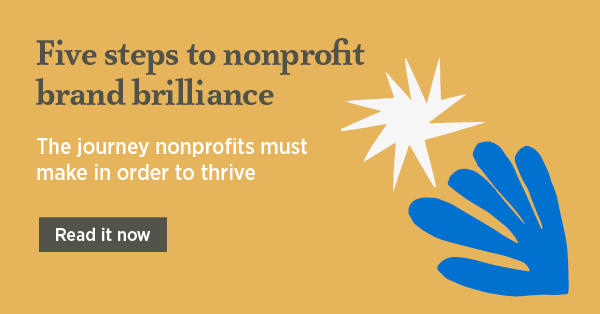Your website is a brand touch point; that is a place where a visitor or user comes into contact with your brand. People will make an immediate judgement as to whether they like what they see. Or not. You have a micro second to make a connection with what this person seeks.
![]()
Having clever SEO or having written an all saturating article loaded with living content to get traffic in is one thing. But being found and then not passing the site credibility test only to have a visitor turn away (or bounce out) is a crying shame.
There are a multitude of characteristics that will convince a visitor or user to stick around such as a clear navigation, testimonials, great pictures, infographics and a nifty logo are all tangible hooks. But these assets are all expressions of your brand, and if they are sending out a variety of messages, it will send a confused, inconsistent message (no one like inconsistency) that lacks clarity. Its the difference between a spacious well-organised home opposed to the home of that of a hoarder.
Your brand personality penetrates through all the means by which you communicate your nonprofit.
Having a strong brand makes for an empowered conversation with your community… in fact by knowing who you are, you will know very clearly who they are. This is the nature of harmonious relationships; a symbiosis between entities. This can only be excellent for business.
Here is a graphic of the kind of investigation and discovery that any business committed to the clarity of itself will need to unpack in order to deliberately and consistently convey the power of itself.

Section 1: Organisational Level
This directs all aspects of a nonprofit’s work.
Section 2: Identity Level
The visual identity is a logo/s, colour paletter, typography and images. Messaging is the supporting language such as taglines, vision, mission and values staement, key messages. This is what most people think is branding.
Section 3: Experiential Level
These are the touchpoints through which your audiences connect with you.
It is in this order that a brand personality should be addressed.
__
When your brand personality has been established and the implementation of it throughout all channels consistently undertaken, you can expect these brilliant business outcomes.
A strong brand:
- has a consistent message that builds trust. It will instill confidence in people being able to connect with your business. Inconsistent messaging is a flaw
- is consistent across all touch-points (from websites to a 30 second elevator pitch). This then infers credibility, reassurance and reliablity.
- creates more attention as the communications are recognisable to your audiences and they will feel directly spoken to as the content delivered is relevant.
- will build a clear relationship with its customers using their experiences with the brand to build brand loyalty.
- makes for less work internally, as a reference guide is in place. Having everyone singing from the same song sheet creates harmony.
- will build internal comraderie as staff are all working toward a united vision
- steers decision making and strategic direction
- forms impressions that are true to your organisation
To understand the evolution of a nonprofit brand, download our eBook…



